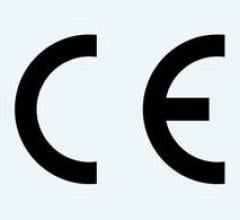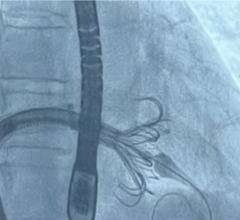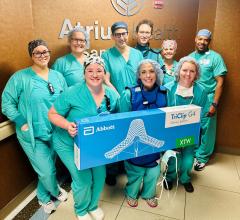
March 10, 2009 - Frost & Sullivan bestowed its 2009 North American Technology Innovation of the Year Award on ValveXchange Inc. for developing the innovative ValveXchange Heart Valve System.
Based on a two-part bioprosthetic tissue valve, the patented system promises to mitigate the compromises between traditional mechanical and tissue heart valves while providing maximal patient benefits.
The ValveXchange system comprises a two-part valve and associated tools to facilitate initial implantation and subsequent leaflet-set exchange. The docking station, a permanent fixture, is surgically implanted and provides the basic support for the replaceable leaflet set. In other bioprosthetic valves, particularly bovine pericardial valves, the pericardial tissue leaflets are permanently attached to the support frame. In the ValveXchange valve, three clips are employed for holding the leaflet set in place. When the leaflet set needs a replacement, typically many years after its initial implantation, a specific-exchange tool releases it, reportedly in a foolproof manner. The exchange tool then is loaded with a new leaflet set that quickly snaps onto the docking station providing new-valve performance.
"The ValveXchange Heart Valve System represents a safe and less invasive alternative to conventional therapies as a docking station for the prosthetic valve is installed during the initial surgery itself," said Frost & Sullivan Research Analyst S.R. Priya. "Later, when a replacement of the worn out valve leaflet set is needed, the replacement leaflet is conveniently substituted without the need for a full open-heart surgical valve replacement.
"ValveXchange is designing the system for a wide variety of surgical options for the leaflet exchange, including through a very small incision using a minimally invasive procedure, which does not necessitate cardiopulmonary bypass," added Priya. "As research and development continues in the future, varied patterns and materials of the leaflet set can be incorporated into the exchangeable component."
The performance of the ValveXchange valve is designed to be on par with the Edwards bovine pericardial valve, the most commonly used tissue valve. Furthermore, the ValveXchange technology adapts to the aortic valve position, the first planned product, and later to the mitral and other valve positions. The docking station can be sewn into location without the valve leaflets in place allowing for maximum ease and flexibility for surgical implant. In the future, this can also allow the possibility of staples or mechanized suturing to be employed.
"Overall, the ValveXchange system provides the innate hemodynamic and non-thrombogenic benefits of tissue valves to patients of all ages, thus obviating the need for expensive and potentially problematic anti-coagulation therapies and major lifestyle modifications," concluded Priya.
ValveXchange Inc. products have not been approved by the U.S. FDA.
For more information: www.frost.com, www.valvexchange.com


 March 31, 2025
March 31, 2025 








